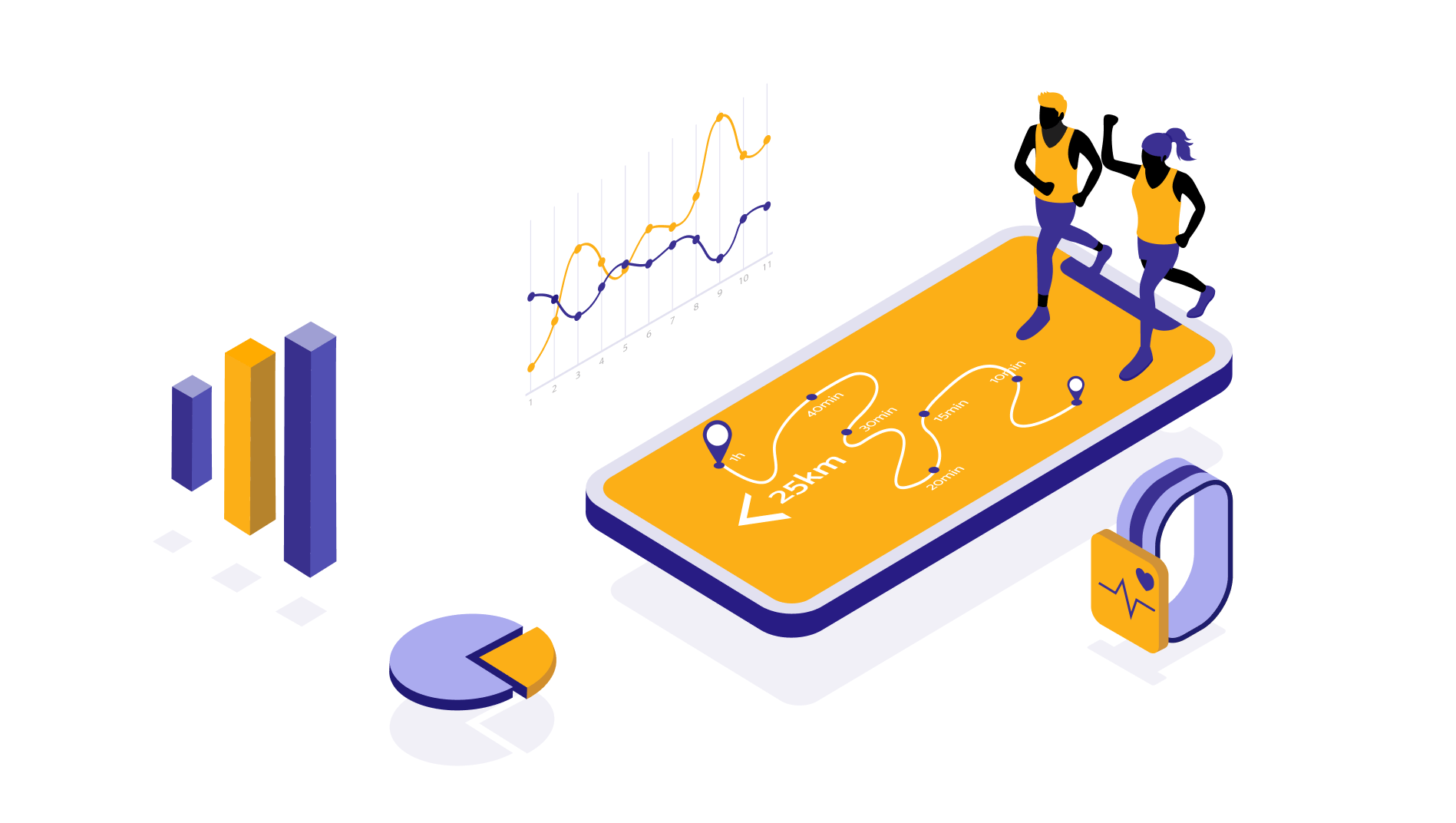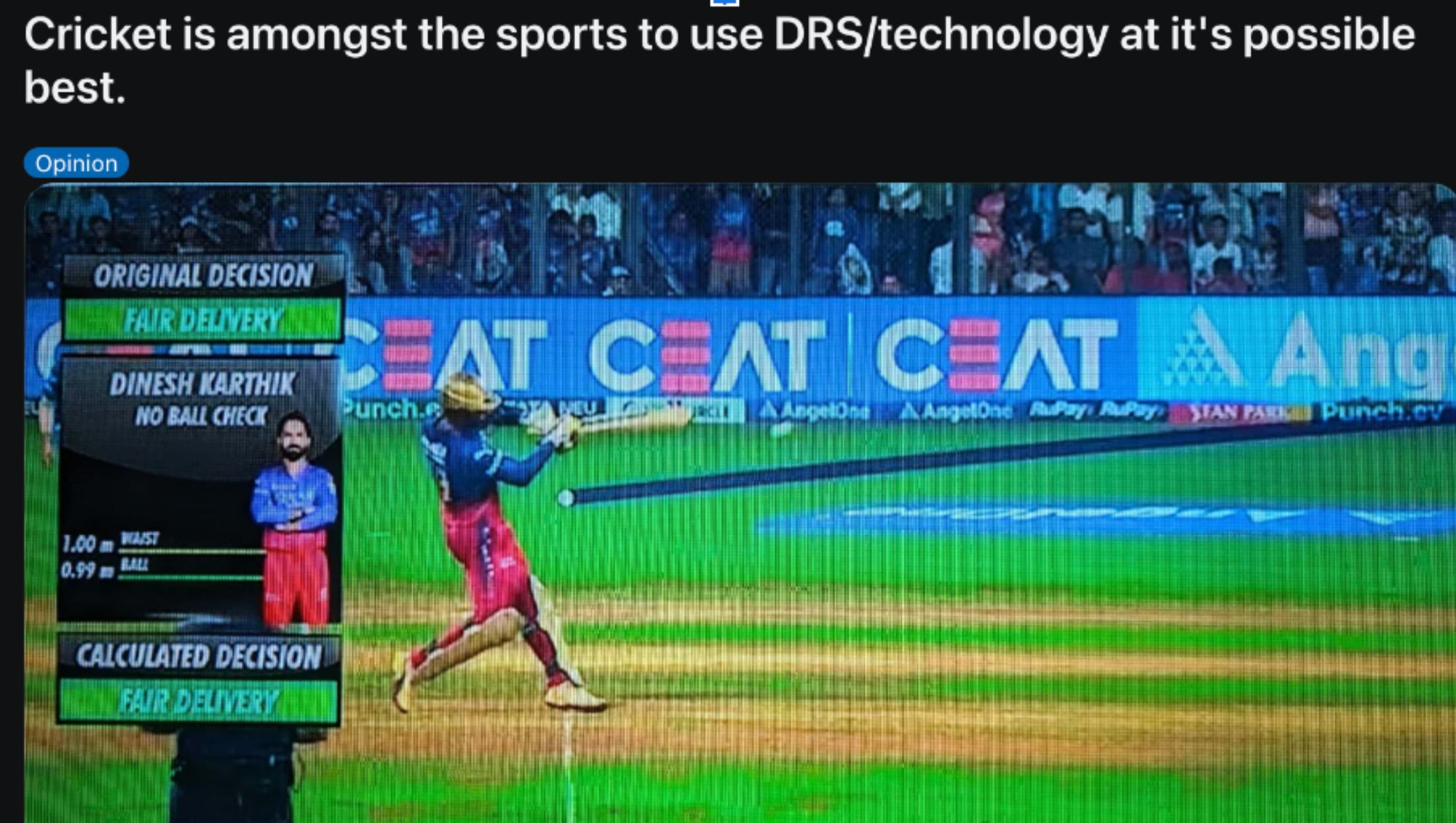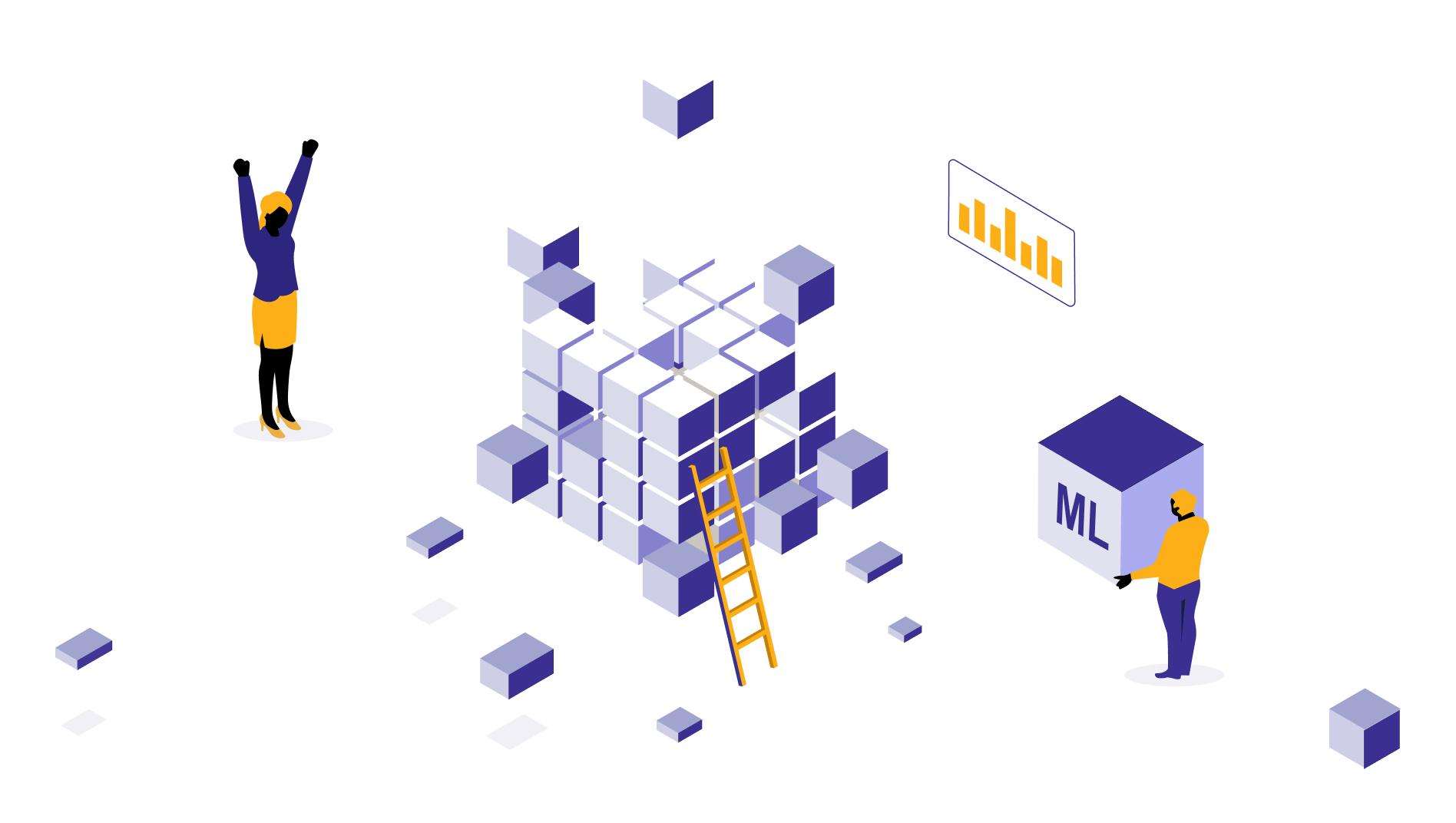AI in sports
The article is dedicated to the evolution of AI-based technology in the sports sector. Read to learn how AI is a game-changer for players, athletes, sports trainers, streaming companies, and, most importantly, the audience, who experiences it all—live or on-screen.

Thulasi
Dec 1, 2025 |
8 mins

AI use cases in sports
AI is indeed giving a new spin to Cricket league matches and World Cup tournaments. Not only Cricket, AI use cases in media and entertainment has made its way into sports analytics of many games, making jobs easier for players, reviewers, and fans. Noticed how review systems of your favorite league matches got much better and more accurate? All thanks to AI technology like Hawk Eye. In games like cricket, tennis, and rugby, it’s used to track balls’ trajectory, help umpires in unclear subjective situations, and establish fairness in final decisions made.

Likewise, there are many use cases that improve the overall gaming experience. Here are some ways where artificial intelligence is used in the sports industry.
1. Player performance
Even the best player needs the right inputs to knock it all out of the park. While they could work on physical strength and endurance, they still need a curated strategy for every game to give their best impact. But it’s not a day’s job for their trainers who have to observe players' patterns while training and go through tons of previous game recordings.
The latter is extremely hard for fast-paced games like football, basketball, and rugby. Enter AI, which is an expert in analyzing complex sets of data to extract applicable game plans.
Where does the data come from? Wearables of players, sensors used on sports gear and accessories, high-performance cameras, etc. These devices share real-time data like speed, angle, velocity, movement patterns, heart rate, blood pressure, and many metrics that indicate players’ performance and equipment and playground conditions. AI-based systems could analyze this data, assess players’ fitness and functioning, and suggest improvements.
This is how Cricket streaming platforms display the possible directions where a player is likely to hit the ball at.
League teams also use this information to track players’ physical well-being - whether they are dehydrated, fatigued, or require medical support.
Another example is how the Barcelona FC team integrated AI with their player analytics system and generated insights on how each player can contribute to the team’s win, based on individual strengths and weaknesses.
2. Game predictions
Predicting the next move has been there for a long time - something that helps team management, players, and supporters or bid placers for that matter. Statistics and calculus models have been employed in the past for this reason. However, AI has made data analysis much simpler, offering reliable and accurate predictions instantly—and updates constantly till the match ends.�
Take a look at the tool - Football AI for an example, which is claimed to predict match results with 85% success rates.
Tools like Football AI employ strong AI-based algorithms to analyze years of data of both playing teams. Some of that includes teams’ success records against each other, players’ performance, weather conditions, strength and weakness factors, injuries, current position in the table, home-ground advantages, and many more. Analyzing a huge range of data can be a Herculean task for traditional game prediction models. Models like linear regression become unfit to handle vast amounts of data that don’t share linear relationships with each other.
Another reason why AI surpasses is its adaptability and flexibility. Sports teams and players constantly change the way they play. AI models, with the right data, can adapt themselves to the most recent performance and share unbiased prediction results.
One useful AI sports use case that we can quote as an example here is STATS perform. The platform shared match outcomes and in-depth insights accurately and surpassed experts' predictions during the 2018 FIFA World Cup, analyzing more than 35 years of the game. Read the interesting story here.
3. Decision-making support
The audience's attention span is plummeting like a player’s energy in the last few minutes of a Marathon. The game should move ultra-fast and referees and umpires cannot take all the time in the world to make decisions. How to fix the problem without taking fairness out of the game?
AI-powered decision review systems, popularly known as DRS across Cricket fans.
AI is employed in the form of hawk-eye technology here. This denotes placing 8 smart cameras around the ground. When umpires cannot make the call, the back-end reviewing team views a three-dimensional trajectory along split-screen images and ultra-edge technology and makes decisions.
AI indeed makes the impossible possible here, helping viewers with predictive modeling. Hawkeye shows the extended path the ball might have taken and shows viewers whether it would have hit stumps that way - a crucial rule for LBW decisions.
One unique example from a recent IPL that got AI systems all the praise for fair delivery support of decisions. Hawkeye received one more variable - the player’s height from toe to hip - a heavily useful input to declare no-ball deliveries that may vary from one player to another.

Opinion from Reddit
Not only cricket but many games and esports employ this for fair decision-making on time. Football matches have video assistant referee systems powered by AI to review crucial decisions like red-card incidents, penalties, etc. This is a crucial aspect in English Premier League games to make offside decisions, where AI-based systems help draw imaginary lines to show the position of the ball and respective players on the field.
Similarly, Rugby uses video analysis to prevent any injuries or player overload situations.
4. Better watching experience
From recommending better sports content on OTT mediums to visualizing game stats and play analysis, AI is doing a fair job. AI-led cameras are already installed in many tennis stadiums for mobile and television viewers to get better coverage of the player and the ball.
Streaming mediums use AI to display interactive charts and real-time analysis. Sky Sports did something similar to this while they broadcasted the football premier league, displaying key insights, heatmaps, and simulated player movements. Super Bowl 2024 went a step further and added personalized content suggestions, trivia questions, real-time stats, and more fun things for mobile viewers.
Learn more: AI in Media
AI-driven tools like Intel True View bring viewers closer to the match, offering unbelievable immersive experiences. This has already been implemented in Emirates stadium, the home ground of Arsenal F.C. Their fans relished a real-alike streaming experience of their favorite team’s winning moments with high-fidelity volumetric videos and enthralling 360-degree replays.
Another sports AI use case that helps audiences is multilingual commentary for a more inclusive experience. Imagine being able to hear your favorite international player speak your mother tongue fluently—in their voice. Star Sports used AI-generated dubbing recently to promote the IPL Cricket League 2024. Check out the tweet below where an ex Australian cricketer flaunts perfect Hindi.
5. Injury prevention
Collecting biometric data and monitoring the health and wellbeing of a player is one of the phenomenal AI use cases in sports. It helps trainers, healthcare professionals, and players themselves in getting the right care and preventing them from re-injuries. One could already see advanced wearable technology like Catapult which can record a range of data like heart rate, blood pressure, sweat and dehydration rate, exertion levels, etc.
Consistent monitoring of real-time data enables trainers to recommend best practices for players to reach peak performance. And save players from possible sprains, muscle tear, or accidents, overexertion, overloading, etc.
Many popular sports events like the Super Bowl already rely on a combination of IoT and predictive analytics to ensure players’ safety. Similarly, the NFL football league is working closely with AI experts to create an application called Digital Athlete. This application will track the head movements of players along with various other data points like on-field location, speed, velocity, weather, etc., and apply risk modeling to predict players who are prone to injury.
Through simulations of sample game scenarios, they are able to identify how players get into risky situations and work on strategies to prevent them.
Why are such models only possible with AI and ML?
To draw useful conclusions, they have to process millions of video clips, documents, and RFID data—over 500 million data points for practice matches alone. The model grows with more data, improving its accuracy and eliminating hunch-based decision-making on and off the field.
Learn more: AI in healthcare
6. Ticketing system
AI use cases in sports go beyond helping those who play and watch. Event organizers benefit from it too. By incorporating AI into their ticketing system, they can achieve better revenue and seating optimization.
AI-powered facial scanning systems in stadium entrances can review and match tickets with audiences, facilitating smooth and fast check-ins and preventing ticketing malpractices.
Another way in which AI helps stadium management is by using predictive analytics to evaluate the number of tickets likely to be sold. This way, they could be on the ball with the required facilities to handle any surge in numbers. Pairing this use case with computer vision and real-time alerts, stadium managers could tackle issues like overcrowding and inevitable stadium accidents. Like the Oppenheimer stadium disasters, with 50+ reported deaths and injuries.
Summary
Sports is constantly evolving like any other entertainment medium to thrive and garner people’s attention. Be it live or streaming, people expect nail-biting moments and cut-throat competitions that keep them hooked and talking. While players do all they can and give their best shot, they still need help from tech and AI to lift some weight off their shoulders and keep the balls rolling (literally, in some cases).
Enter AI, redefining the way players play, trainers train, and the audience consumes the game. The vast amount of data the industry boasted of is put to good use, and at last, it scoops out resourceful use cases so nothing seems like a long shot anymore.
Devising a curated strategy for injury recovery.
Uncovering insights that lead to a fair conclusion in catch-22 situations.
Predicting the flow of the game to make in-game alterations.
You name it, you can do it with thorough-designed AI implementation strategy, blockchain, IoT, and high-definition video capture technologies.
So, next time you watch an edgy match, look for ways in which AI is glazed within.
From performance analysis to strategy—leverage our AI & ML development services.




